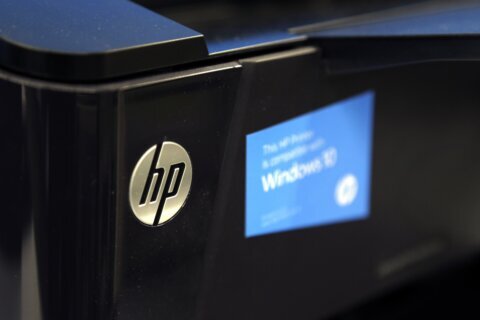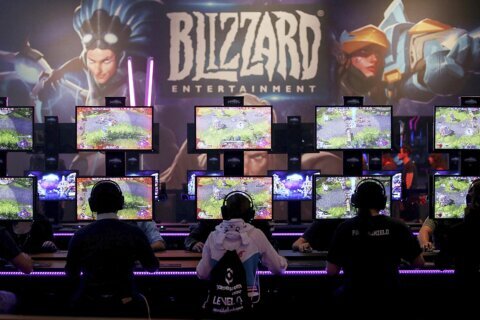Q: Can you help me understand what to look for when buying a new TV?
The technology that’s currently available in TVs is incredible, but what used to be a fairly straightforward process has become a minefield of technical jargon and acronyms.
The good news is that once you understand a few of the basics, you’ll have a better chance of navigating through your choices.
Start with size
One of quickest ways to eliminate options is by deciding what size of a screen you’re going to purchase. If you decide to go smaller than 55 inches, some of the higher level technologies, such as OLED displays, won’t be an option.
A general rule of thumb for determining your minimum size is based on the distance between the screen and where you’ll be sitting. I like using the method that measures the distance in inches and dividing it by two.
For example, if you’re going to be sitting 8 feet away, that equals 96 inches. Divide by two and you get 48 inches as the minimum display size you should be shopping for.
Keep in mind: If you plan to mount the display on the wall, you may increase your viewing distance by as much as a foot.
Screen resolution
The most important specification that you’ll want to look for on any new TV you buy refers to the resolution. Look for UHD, Ultra HD or 4K, which all refer to the same thing: four times the number of pixels over a standard HDTV.
Although 8K is on the horizon, it’s way too early to pay for it, especially since 4K content is still limited.
HDR
Some form of High Dynamic Range — HDR — will greatly improve both contrast ratios (brightness to darkness) and color accuracy. Don’t confuse this form of HDR with what you see on filtered photos; I wouldn’t buy a new TV without it.
LED vs. OLED vs. QLED
Most of today’s TVs are LCDs (Liquid Crystal Displays) backlit with some form of LED (Light Emitting Diode). The exception is anything that uses OLEDs (Organic Light Emitting Diodes), which means that every pixel is self-illuminating.
OLED TVs are more expensive and generally considered the best display technology because of their ability to produce absolute black, nearly infinite contrast and wider viewing angles.
QLED is an enhanced version of the standard backlit LED approach, used primarily by Samsung and TCL.
Your budget will probably be the biggest variable on whether you can justify OLED or QLED displays, but if you have to go down in screen size to include them, I’d recommend it.
Refresh rate and connectors
Make sure the TV has a refresh rate of 120Hz or higher, and enough HDMI inputs to accommodate your streaming devices, gaming consoles, cable/satellite box or anything you might be thinking about adding in the future.
4K/UHD streaming video content
There are a large number of options for watching 4K/UHD content from services such as Netflix, Amazon Prime, Hulu, Disney+ and YouTube — and the options are growing quickly.
To make use of these services, you’ll need either a 4K compatible streaming device (Apple TV, Roku, Fire TV, etc.) or a smart TV that has 4K streaming built into the set.
Ken Colburn is founder and CEO of Data Doctors Computer Services. Ask any tech question on Facebook or Twitter.







